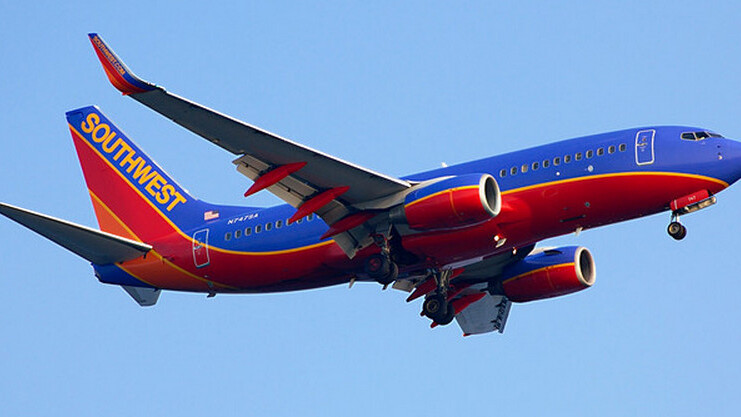
Today the Federal Communications Commission (FCC) announced that it has enacted a ‘Report and Order’ concerning rules regulating in-flight Internet services.
Since 2001, the FCC has authorized several companies to operate Earth Stations Aboard Aircraft (ESAA). An ESAA is a device installed on the outside of a plane to connect to, according to the agency, “Fixed-Satellite Service (FSS) geostationary-orbit (GSO) space stations.” In short, placing an ESAA on an aircraft helps it to send and receive information, allowing for in-flight broadband.
To bolster in-flight Internet access the FCC’s new Report and Order will help more companies get involved with ESAA technology. In its own words, the new rules formalize ESAA technology as a “licensed application in the FSS and establishes a regulatory framework for processing applications.” The Report and Order has in place safeguards to prevent radio interference, as you might expect.
The result of this is that airlines will be able to test in-flight Internet systems that have met FCC standards, and then secure FAA approval. This will remove the need to acquire on-board technology on what the FCC calls an “ad-hoc basis.” The result of all of this should be a simpler path to upgrading aircraft to support in-flight Internet technology.
You will be able to check your damn email, in other words.
A small caveat to all of this is that you might not want Internet on your flight. Long one of the last places where much work couldn’t be done if you are an Internet worker, airplanes are quickly entering the realm of being just another workspace. Gone soon will be the time with your book and cocktail. It’ll be heads down trying to remove all the Div tags and update the calendar. Radio silence has a beauty all its own. That era is over.
Top Image Credit: James
Get the TNW newsletter
Get the most important tech news in your inbox each week.





